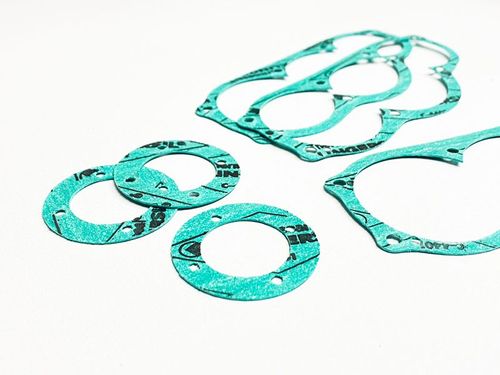
Reasons for Thermal Gasket Failure
The engineers and development team at SRP are often called in to work with companies struggling with the failure of their current thermal gasket designs.
As with any type of gasket, failure to correctly provide sealing, shock resistance, vibration control and even insulating can result in complete system failure over time. Of course, this can happen at a very slow rate, creating a challenge to pinpoint the specific cause of the leak or enhanced wear and tear on the component, engine or system.
When a thermal gasket fails, there can be significant damage to the rest of the system. As these gaskets are designed to stand up to high heat operating conditions, they are often overlooked as the source of the issue unless they completely breakdown or create a visible leak that can be detected.
Here are some common issues that can cause thermal gasket failure. These will vary based on the specific use of the gasket and also the material that the gasket is made from.
Overheating
While a thermal material is designed to withstand high heat, each has its own range of suitable temperatures for optimal functioning. Exceeding these temperatures, even for short periods of time, will result in early degradation of the gasket material, leading to increased risk of cracking and leaking.
Choosing the right type of gasket material that will be able to withstand not just the typical temperatures but the temperature extremes will be critical in preventing failure.
Pressure
Pressure creates additional stress on the gasket material, particularly when combined with elevated temperatures. Some of the gasket options are designed specifically for their elasticity, allowing them to stretch and contract with changes in pressure on one or both sides of the gasket.
Without this ability, there will be high levels of deformation of the gasket material during operation, another critical cause of failure when operating conditions are not carefully evaluated.
Our team will work with you to determine the characteristics necessary for the specific operating conditions. This will help to extend the life of the product and eliminate gasket failure issues.
